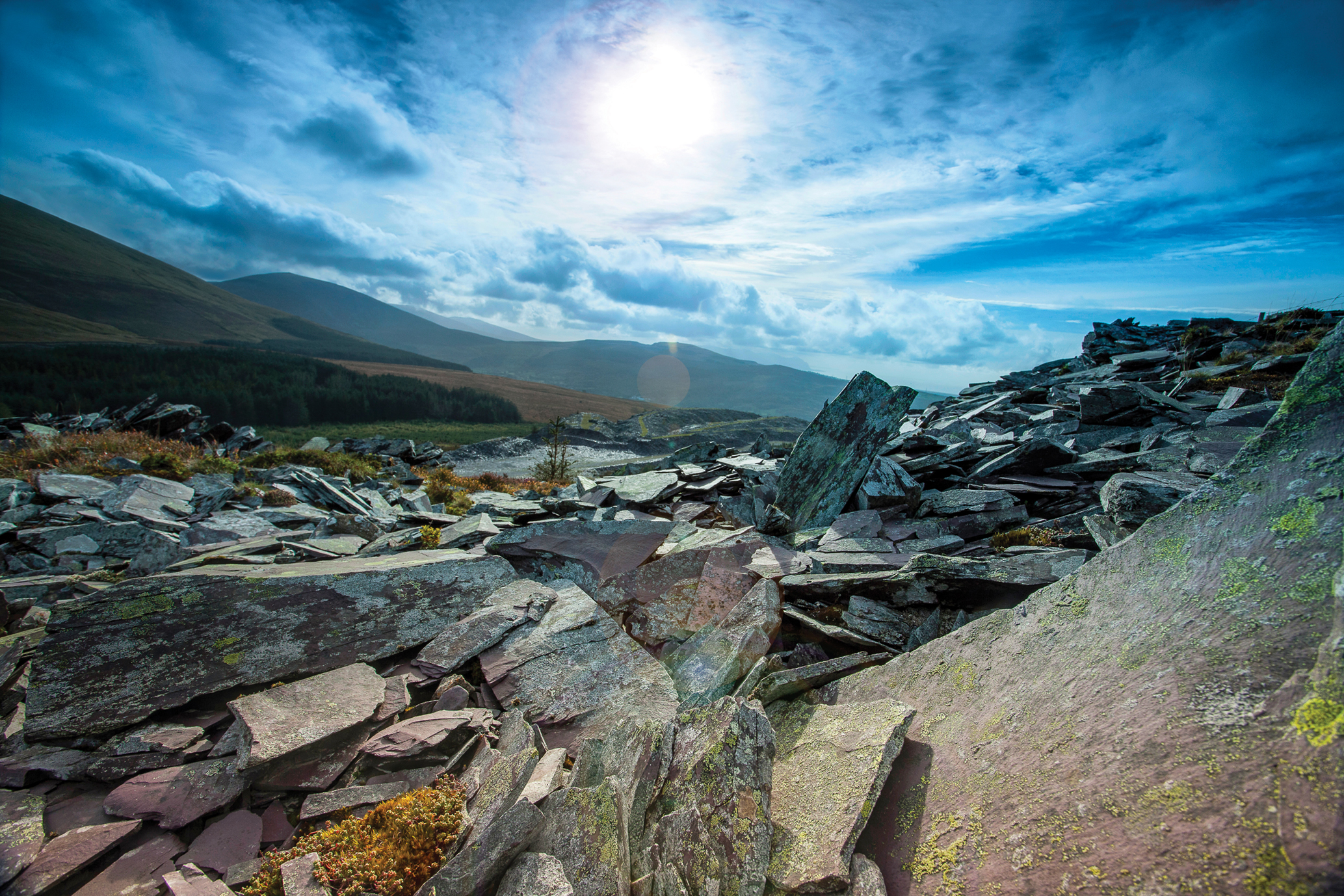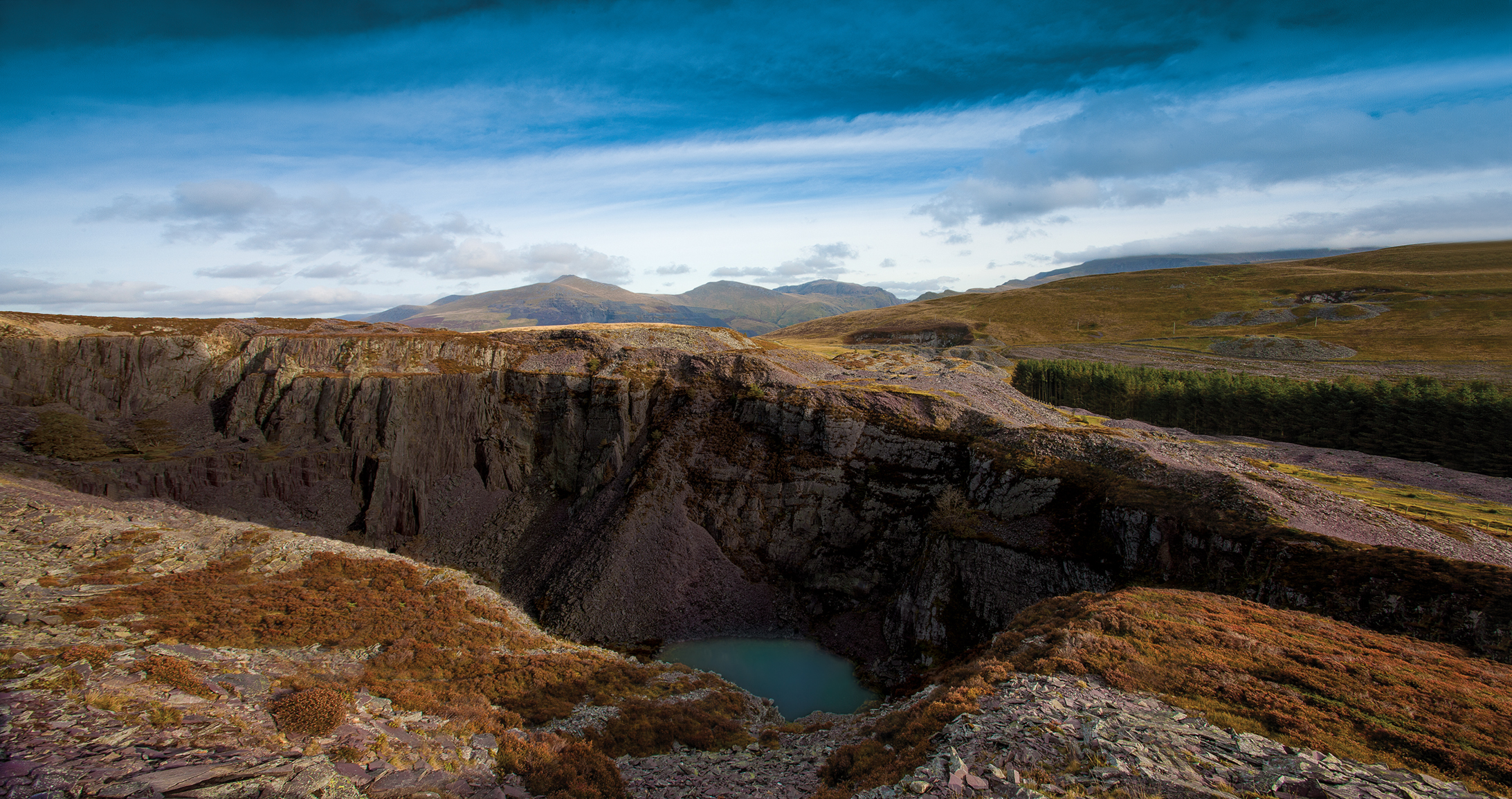
A changing energy Landscape

An electricity system fit for the future
We must discover a way to meet our energy needs that does not pollute the World we live in.
The electricity system in the UK and around the World is changing. Since 1990 the UK has reduced its emissions by 42% with key contributions from renewable generation. In the future more electric heating and vehicles will increase demand and smart meters and appliances will change the way we use power.
In achieving a good value, reliable, and clean electricity system, it is now clearer than ever that we need new storage, and new fast and flexible sources of power.
what we do
The Quarry Battery Company is an energy company which develops, builds and operates new and innovative energy storage and flexible generation.

Pumped Hydro: Reliable grid scale storage
Quarry Battery Company identified the need for new UK storage early on, and decided to pursue Pumped Hydro because of its low cost, large scale, longevity and proven track record. Pumped Hydro is a gravity battery, pumping water to an upper reservoir when the wind blows and re-generating hydroelectricity at times of peak demand.
Using old quarries for new Pumped Hydro schemes has the dual benefit of building critical new low carbon infrastructure, while healing ex-industrial scars. We work with local authorities and stakeholders to ensure any development is as sensitive as possible to the local context while addressing the UK national need.
Our flagship project
Glyn Rhonwy: 100MW Pumped Hydro in disused slate quarries in North Wales

Glyn Rhonwy
The Glyn Rhonwy site in Llanberis (North Wales, UK) comprises two disused slate quarries which will be re-purposed as reservoirs for a new-build pumped hydro scheme.
A tunnel connecting them will allow water to flow from the upper reservoir to the lower through a hydro turbine to generate power when demand is high.
In reverse, the turbine will pump water back to the upper reservoir, recharging the energy store for later use using energy when demand on the grid is low.
Using off peak power to displace peak generators will deliver carbon savings of 50,000 tonnes of carbon dioxide each year, equivalent to 20,000 cars being taken off the road.
Key Figures
Working volume : 1.3 million tonnes of water
Power: 100MW, enough to power 100,000 homes for 7 hours per charge.
Carbon Payback time: 6 months.
Project life: 125 years.
Current Status
The Glyn Rhonwy project was granted a Development Consent Order by the Department for Business, Energy & Industrial Strategy in March 2017.
We are currently working on fulfilling the various tasks required to start construction of the project.
We are looking for development partners to help deliver the project going forward.
Go to The Glyn Rhonwy project website for more information.